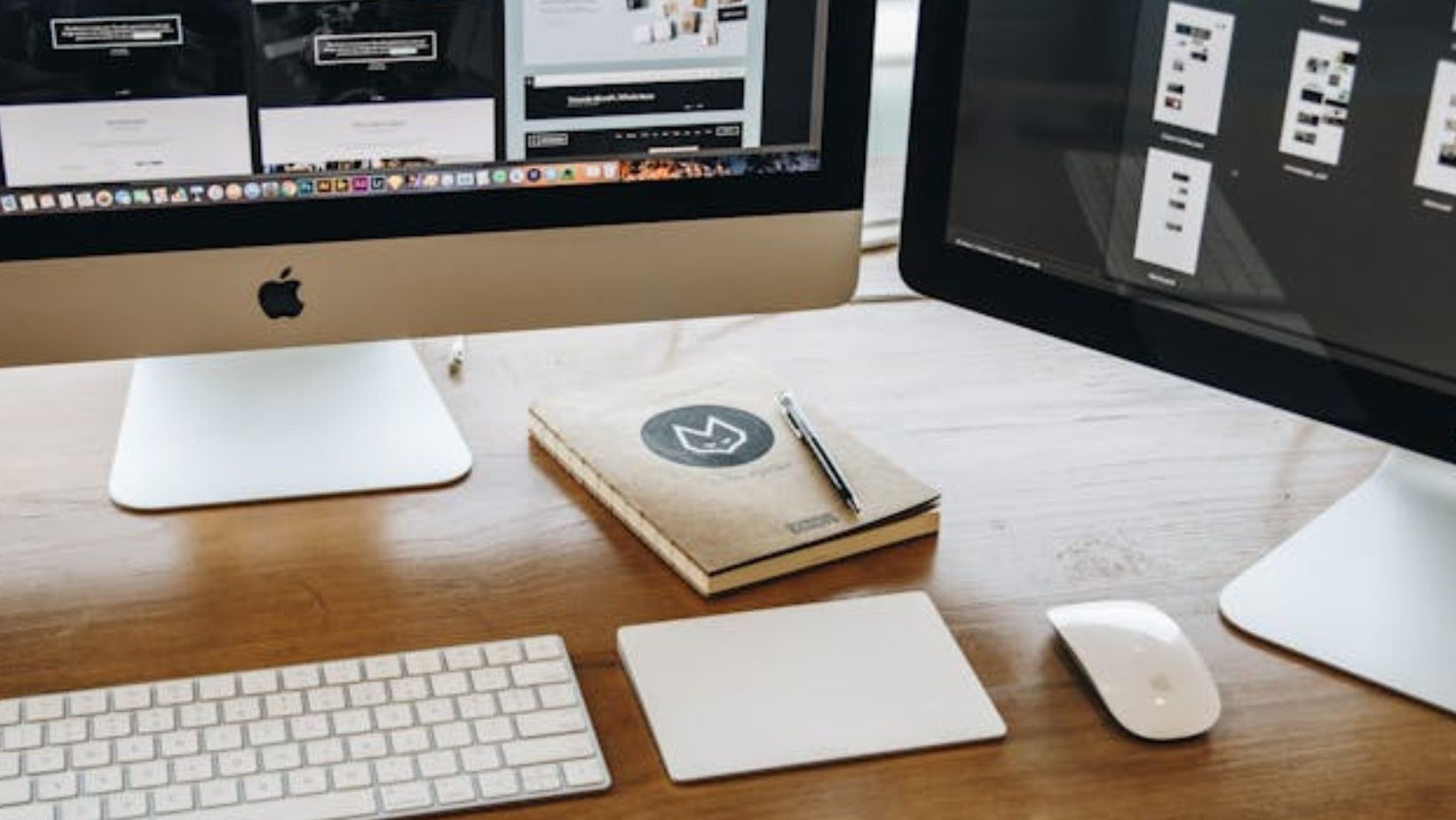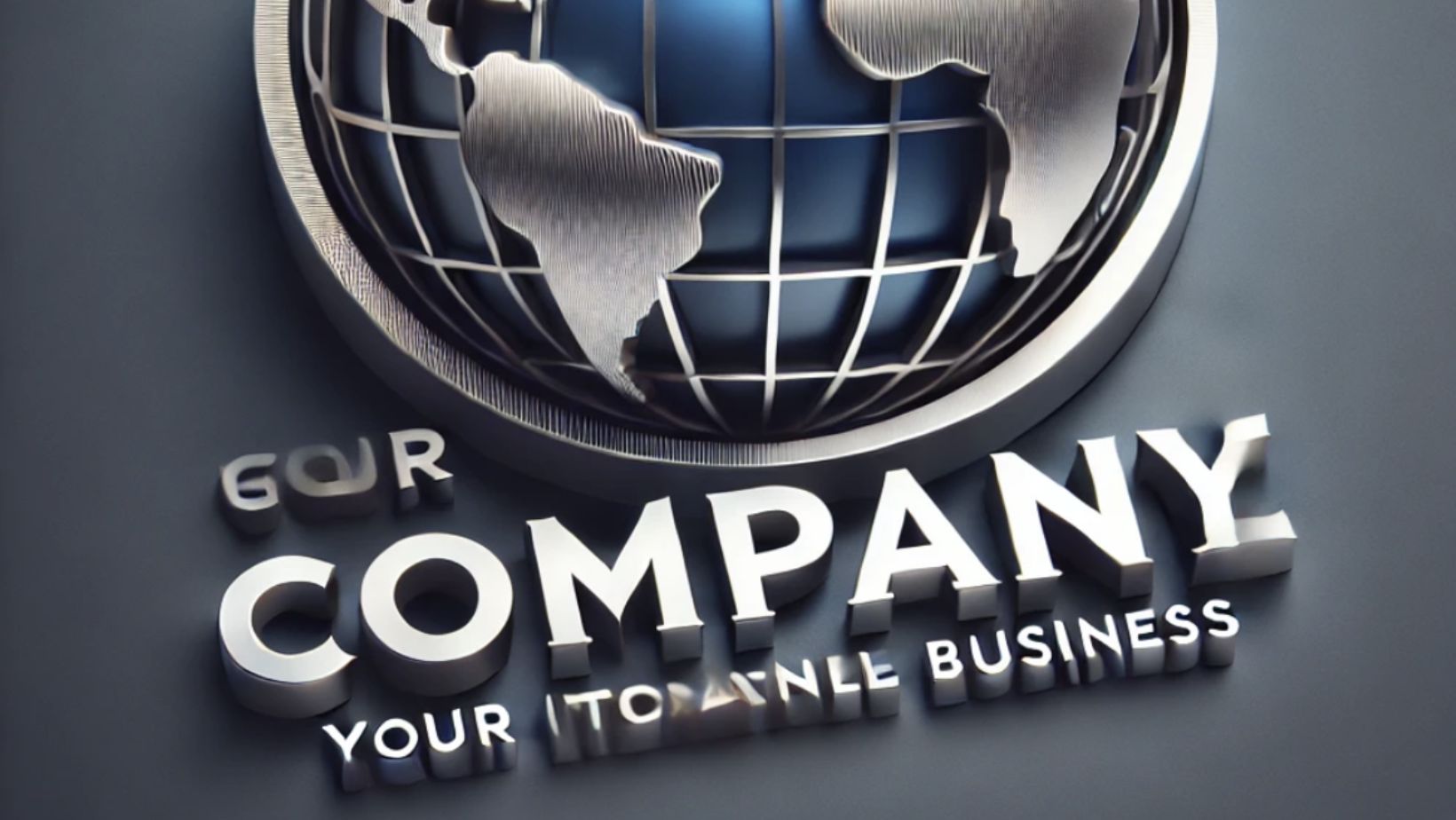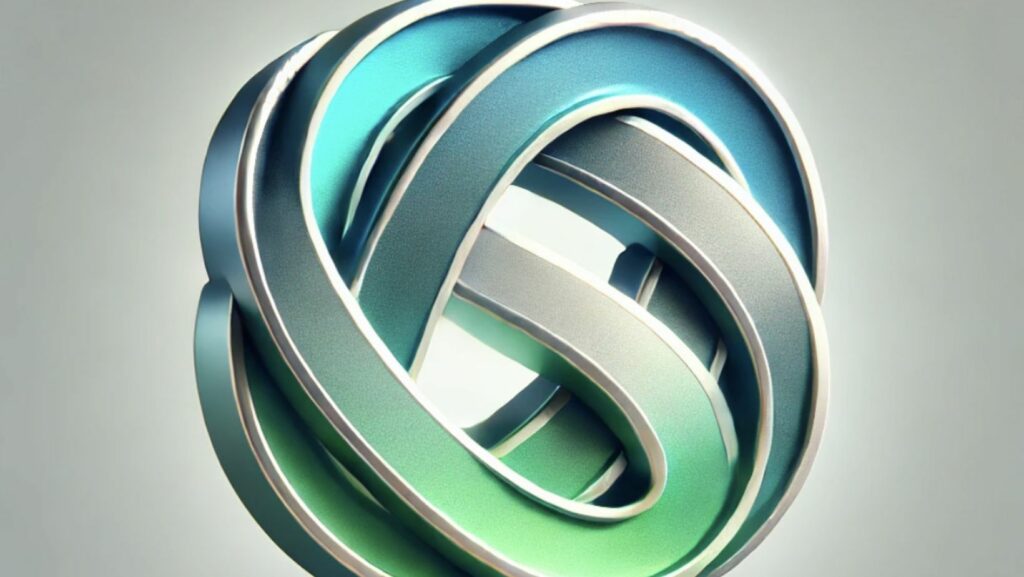Hey, ready to give your 3D world a face that no one can forget? Well, buckle up because we’re diving into the world of visual identities in 3D spaces. Whether you’re crafting a game environment, a virtual reality space, or a digital universe for your brand, having a killer logo can make all the difference. It’s not just about looking good—it’s about creating a connection. A great logo enhances brand recognition and increases user engagement, making your digital space the place to be. We’ll walk you through how to use some awesome free tools to design a logo that’s not just flat on the screen but pops in 3D!
Understanding 3D Logo Design
Designing a logo for 3D environments? That’s a whole different game. It’s not just about a nice image; it’s about creating a dynamic symbol that lives and moves in your world. When working in 3D, you’ve got to think about dimensionality—how your logo will look from different angles and how it interacts with viewers as they navigate through the space. Using tools like GraphicSprings can help you visualize and craft logos that aren’t just static; they’re part of the 3D experience.
It’s crucial to consider how your logo will appear as viewers move around or as the environment changes. Will it stretch weirdly, or can it maintain its cool from all perspectives? Remember, in 3D spaces, your logo plays a role in the user’s journey, adding depth (quite literally) to how people perceive your brand. So, think beyond the flat screen and imagine your logo in all its three-dimensional glory!
Choosing the Right Tools
So, you’ve got a concept for your 3D logo—now what? Picking the right tool for the job is your next step, and thankfully, there’s a whole toolbox out there just waiting for you. For those ready to dive deep into 3D design, Blender and Adobe Dimension are like the Swiss Army knives of logo creation. They offer powerful features for texturing, lighting, and even animating your logos, giving you full control to tweak every pixel to perfection.

But hey, if you’re just starting or prefer to keep things simple, don’t sweat it. Tools like GraphicSprings provide user-friendly interfaces that let you dip your toes into 3D design without getting overwhelmed. And for an even more comprehensive set of features that help you create sophisticated visual identities, check it out for more info on Adobe Express. This tool is perfect for beginners or those on a tight schedule looking for professional results.
No matter which tool you choose, make sure it aligns with what you need, from texturing to lighting options, so your logo can truly shine in its 3D form.
Design Process
Creating a 3D logo is like sculpting—you start with a big idea and refine it into something spectacular. Here’s a step-by-step to guide you through:
- Conceptualization: Start by brainstorming. What’s your brand about? What vibes do you want your logo to give off? Sketch those ideas out—don’t worry about making them perfect.
- Sketching: Once you’ve got a few concepts, take them to the sketch pad. Outline your designs more clearly, considering how they’ll translate into 3D. Think about the logo from various angles—how will it look from the side, the top, the back?
- Digital Rendering: Now, bring your sketches into your chosen 3D design tool. Start modeling your logo, adding dimensions and depth. This is where tools like Blender or Adobe Dimension come into play, allowing you to experiment with different perspectives and depths.
- Texturing and Material Choices: The feel of your logo comes down to the materials and textures you choose. Glossy, matte, metallic? Each texture conveys a different feel and ties back to your brand’s ethos. If your brand is all about organic products, maybe a wood or stone texture fits best. High-tech? Go for sleek metals or shiny plastics.
- Refinement: Fine-tune your logo by adjusting the lighting and animation if needed. How does it look with different light sources? Should it rotate or remain static? Make those final adjustments to ensure it looks great from every angle.
Creating a 3D logo is more complex than a traditional flat design but is way more rewarding. You’re not just making a logo; you’re crafting a brand beacon in the digital world!
Incorporating Color and Typography
Color and typography aren’t just about making your logo look good—they make it stand out and speak up in your 3D world. Choosing the right colors can set the mood and communicate your brand’s message without saying a word. For 3D designs, you want pop colors that work well in various lighting conditions. Websites like Webstacks or tools provided by The Branding Journal can help you pick a palette that’s eye-catching and harmonious.
Now, let’s talk type. The right font can make or break your logo. In 3D spaces, you need legible typography from different angles and distances. It should complement your design and reinforce your brand identity. Tools like GraphicSprings offer a range of stylish and scalable fonts, ensuring your text looks great whether it’s up close or far away. Remember, your choices here lay the foundation of your logo’s personality, so choose wisely!
Testing and Refining
Do you have a logo design? Great! But we’re not done yet. The real test comes when you see how your logo lives in its intended environment. Testing your logo under various virtual lighting conditions and across different digital spaces is crucial. See how it looks when illuminated by virtual sunlight or cast shadows in dimmer settings. This phase is about iteration—tweak, adjust, and test again.

As you refine, gather feedback from potential users or stakeholders. What do they like? What doesn’t work for them? Use tools like GraphicSprings to make adjustments easily. Feedback is your best friend here; it guides you to a design that looks good and performs well across all user interactions. Keep refining until your logo is not just acceptable but perfect. After all, in a digital world, your logo is more than just a mark—it’s an experience.
Application and Integration
You’ve designed it and refined it, and now you’re ready to unleash your logo into the 3D world! The key to making the most of this moment is to consider how your logo will live in its space. Think about scale—is your logo big enough to be noticed but not so large that it dominates everything else? Placement is also crucial; it should be positioned where it naturally catches the eye without obstructing the user’s experience.
Now, let’s talk about consistency. Use your logo uniformly across all branding materials—virtual signage, digital brochures, or 3D business cards. This helps build a cohesive brand identity that’s easily recognizable and memorable. Tools like GraphicSprings can be handy here, ensuring that your logo maintains its integrity no matter where it’s used. Remember, consistency is the secret sauce that beautifully ties your brand elements together.
Conclusion
Creating a standout 3D logo is your ticket to a powerful visual identity in the digital realm. It’s about blending creativity with strategic thinking, making sure your logo looks fantastic and embodies your brand values and aesthetics. Dive in, experiment, and watch your brand come to life in exciting new ways!

